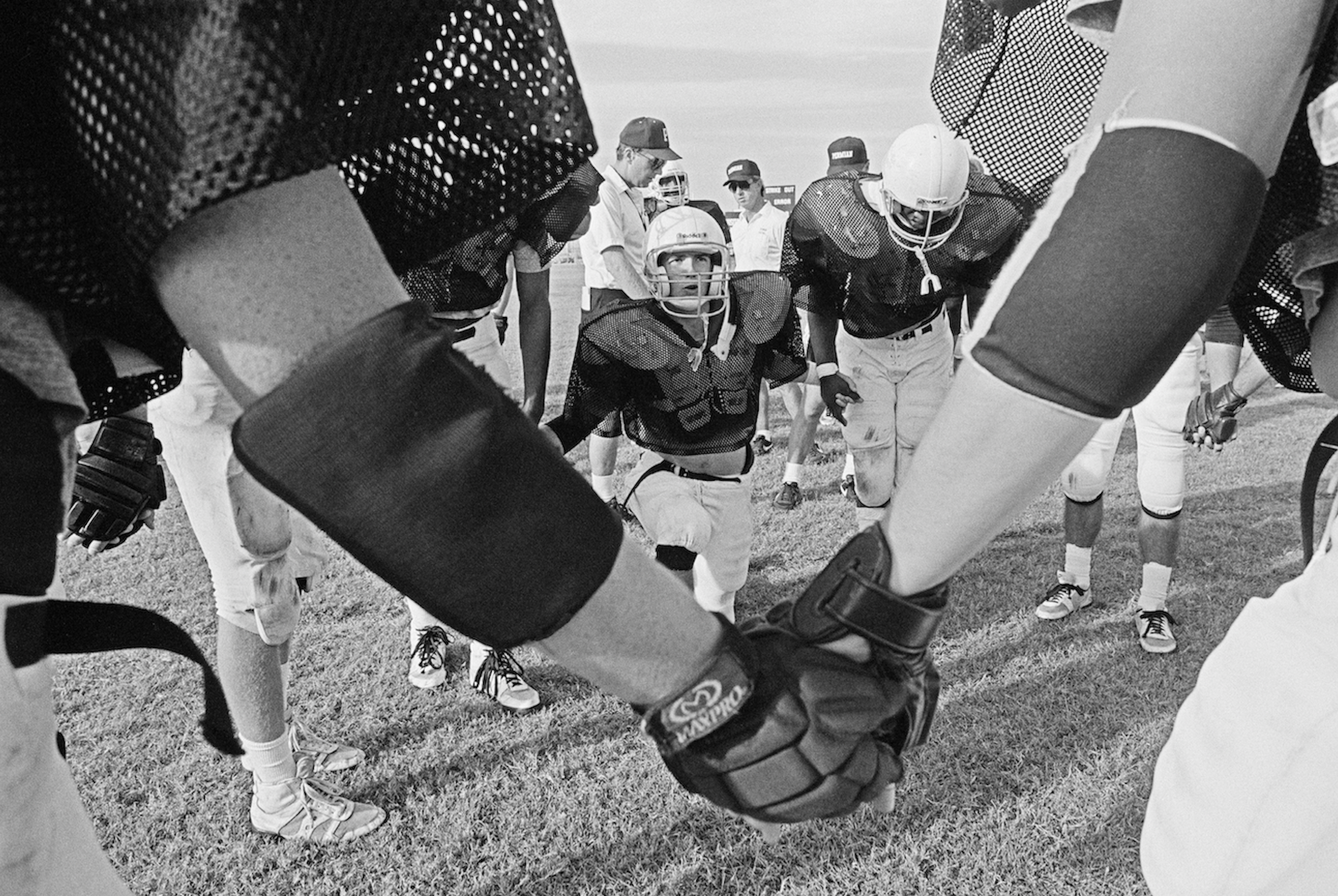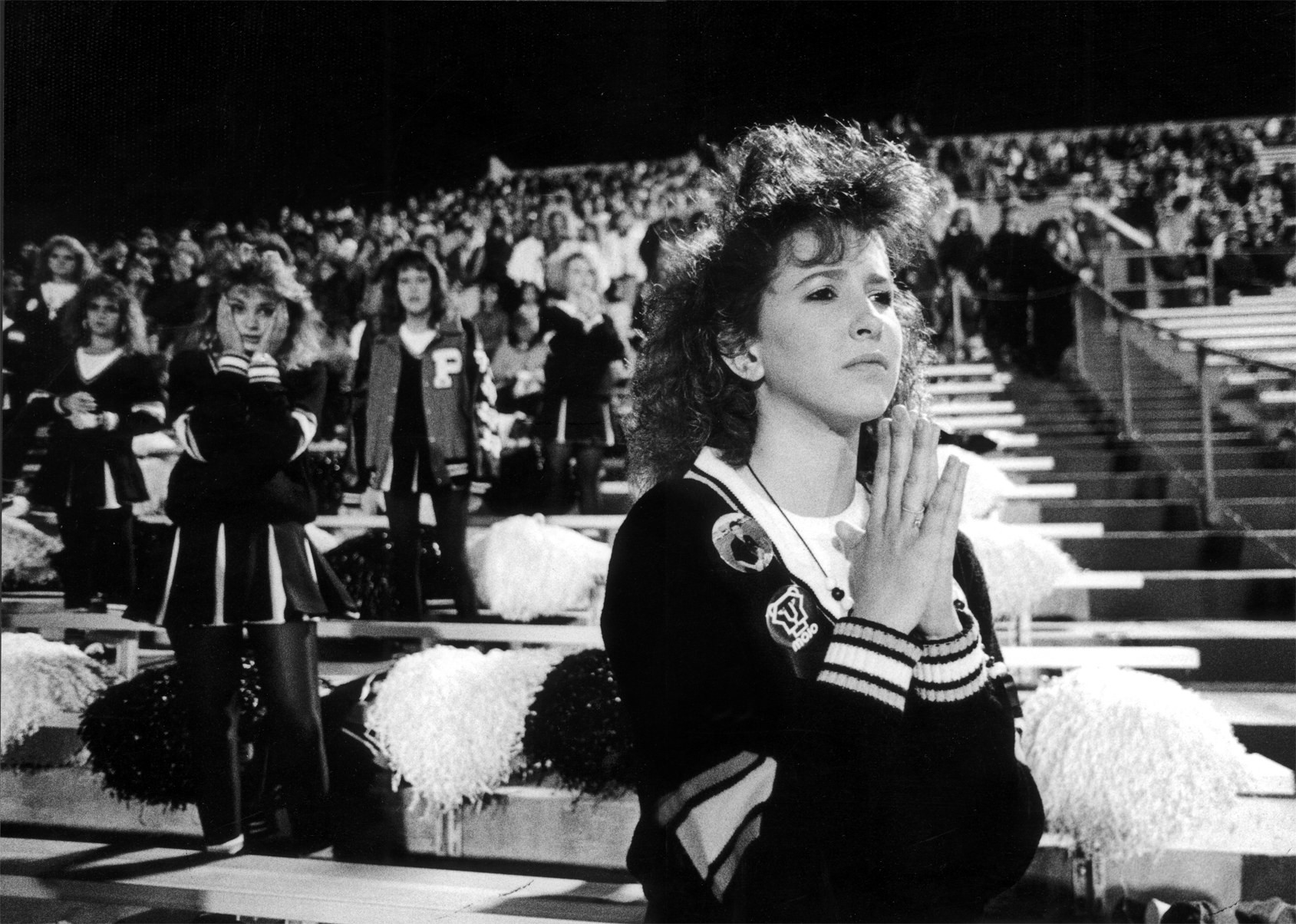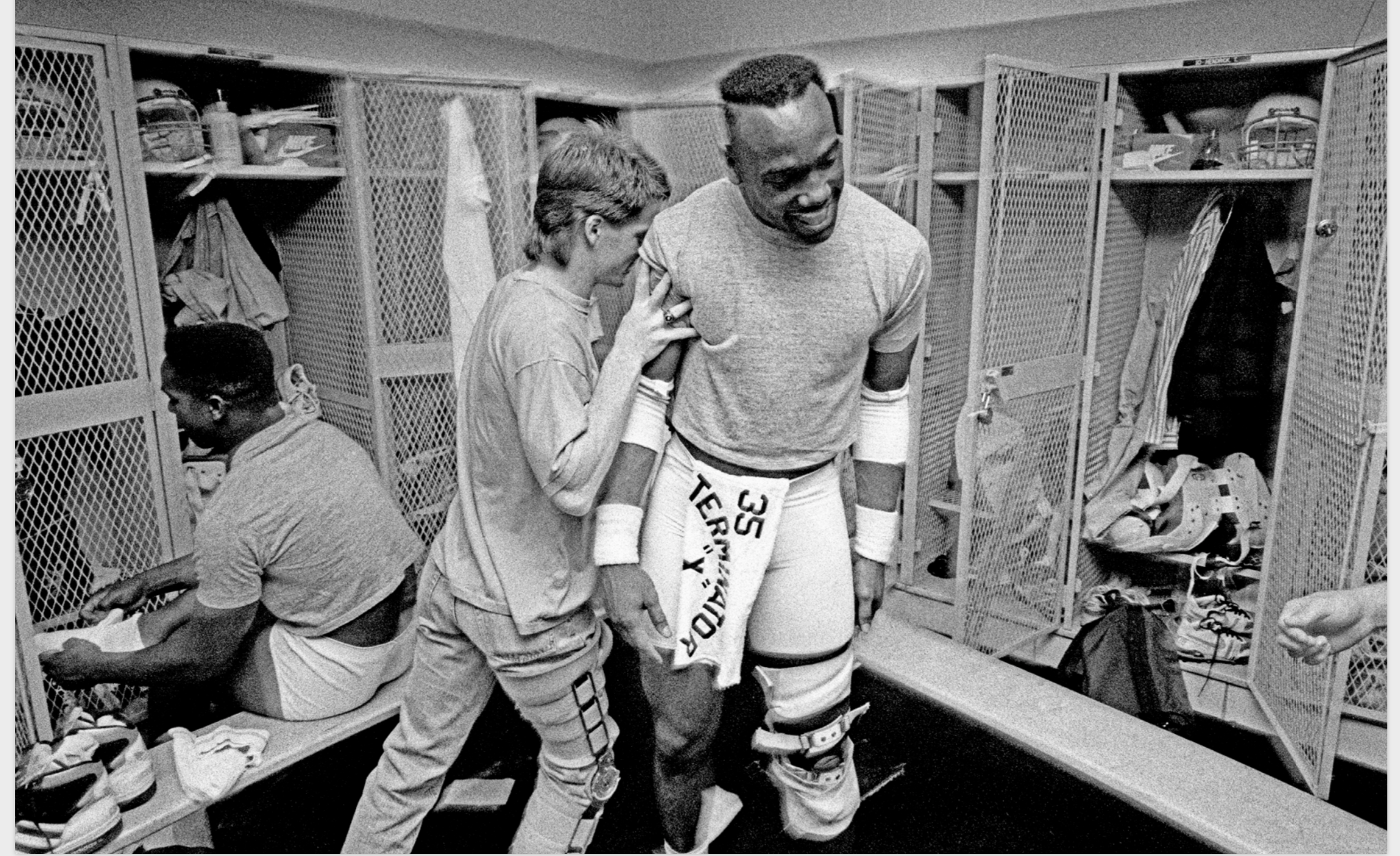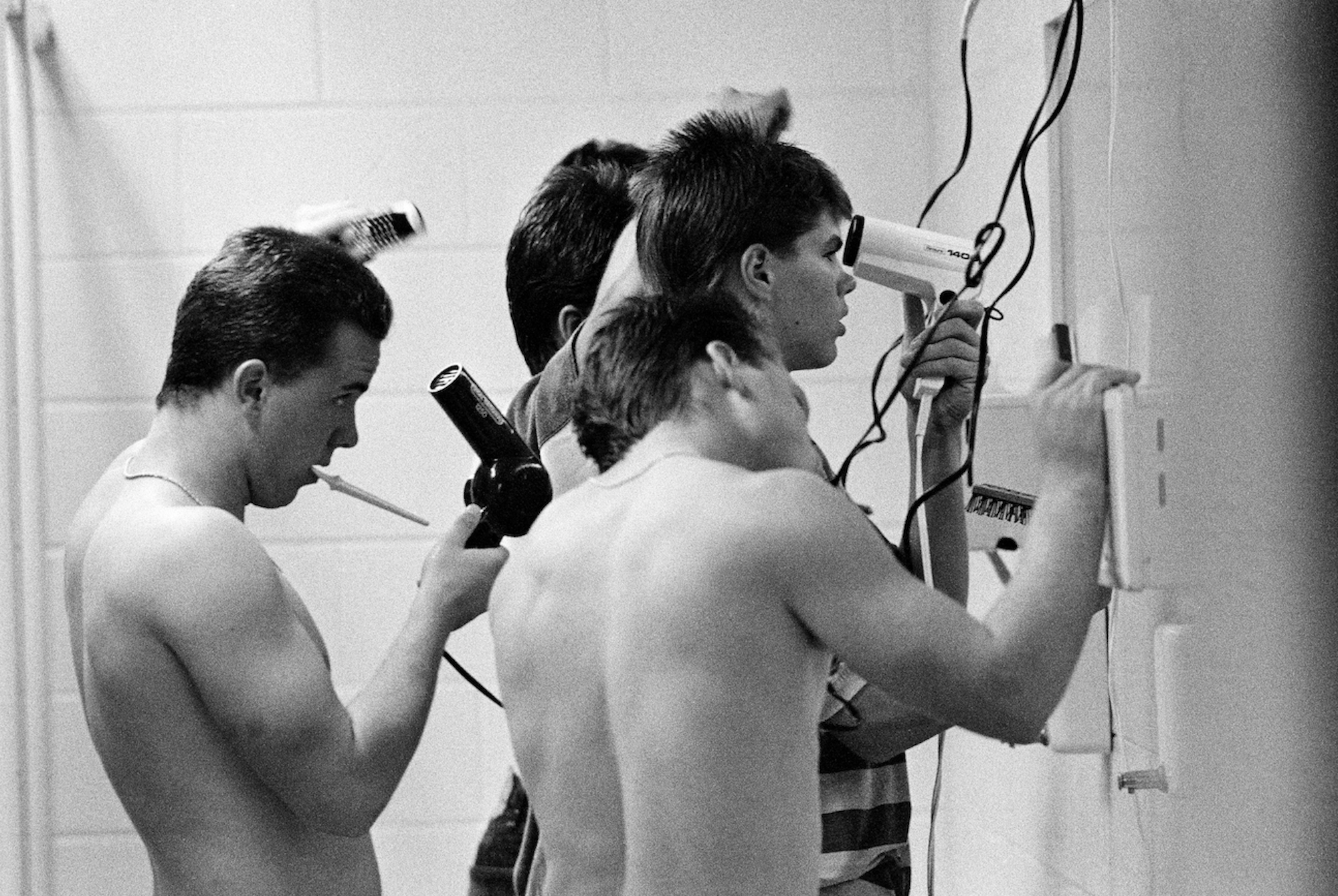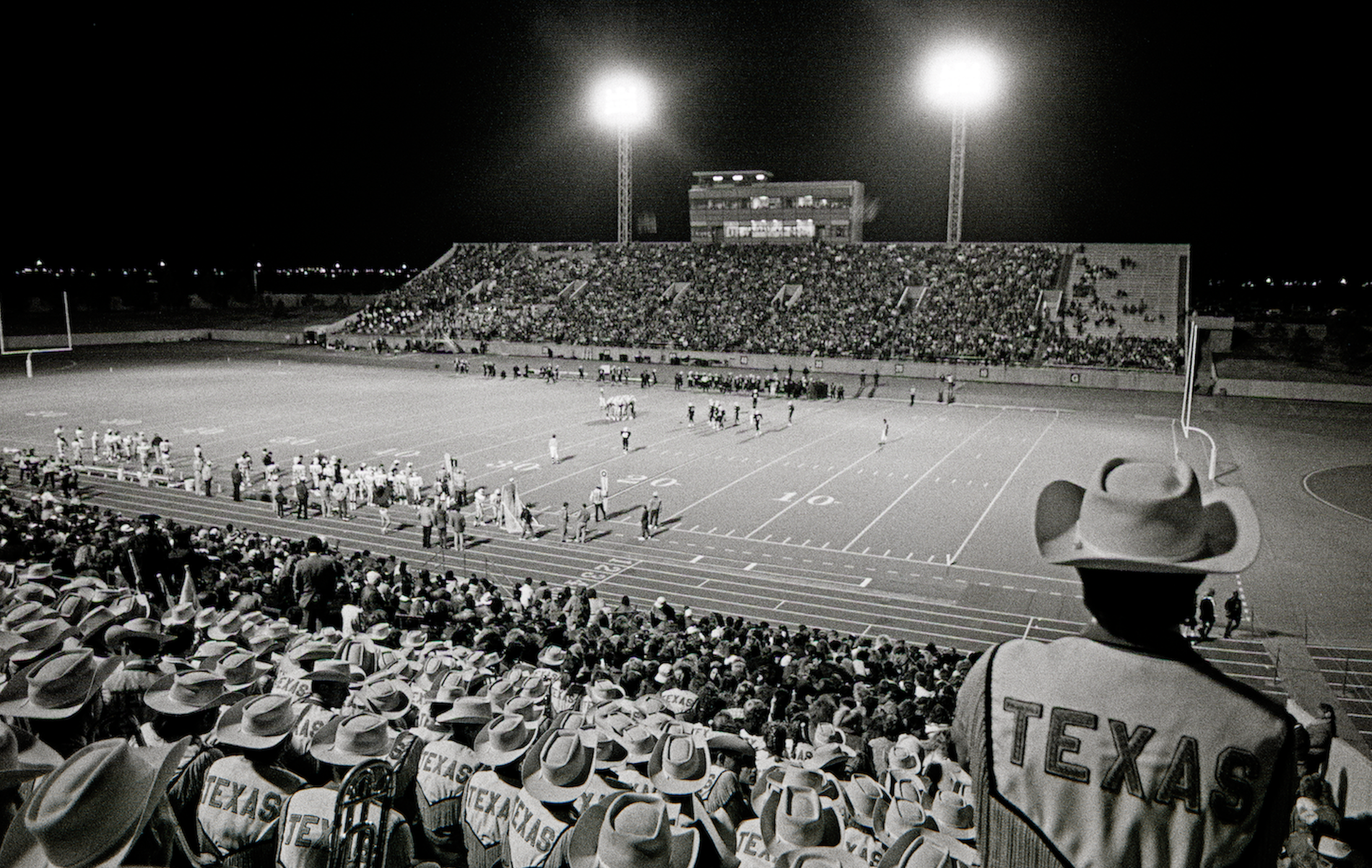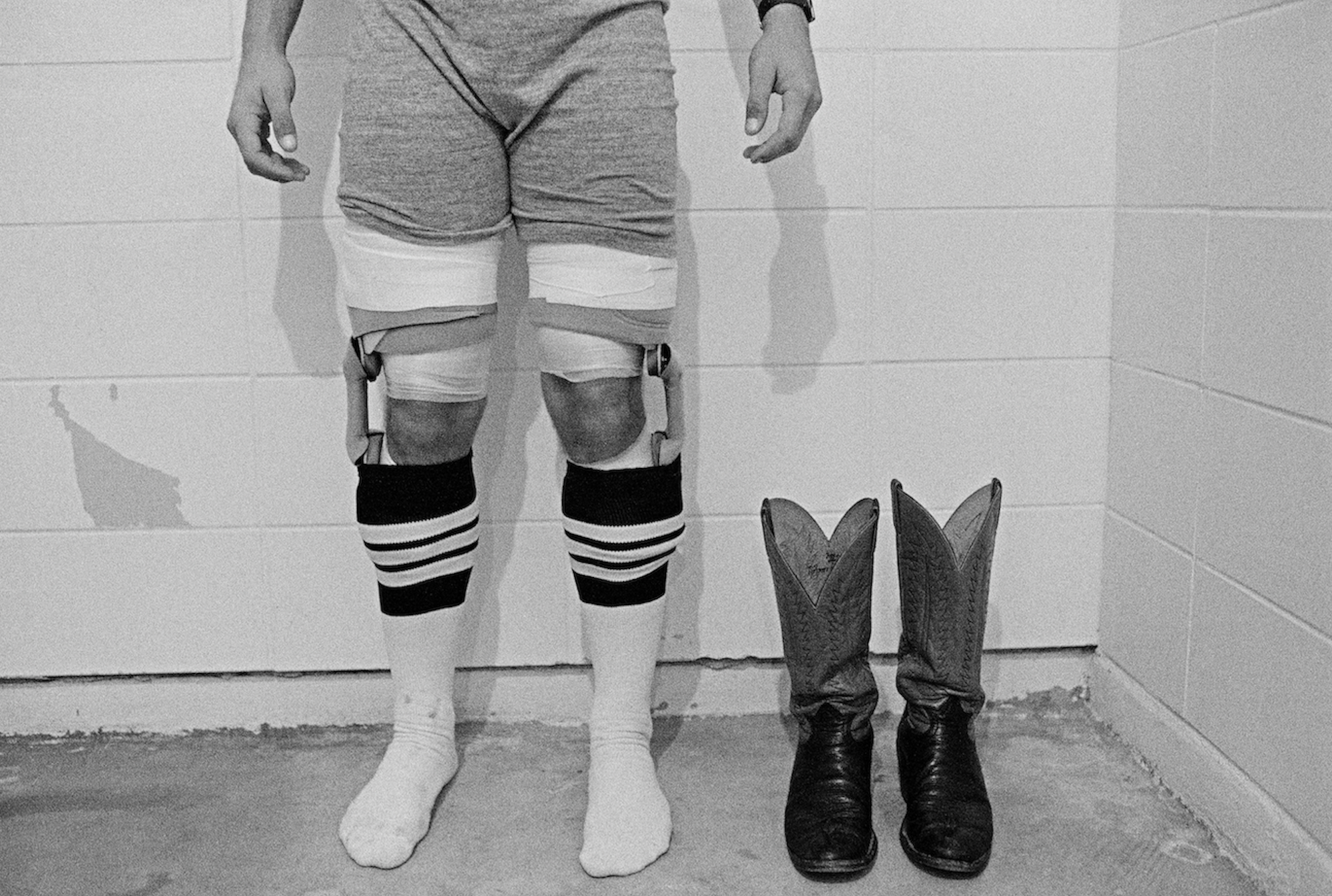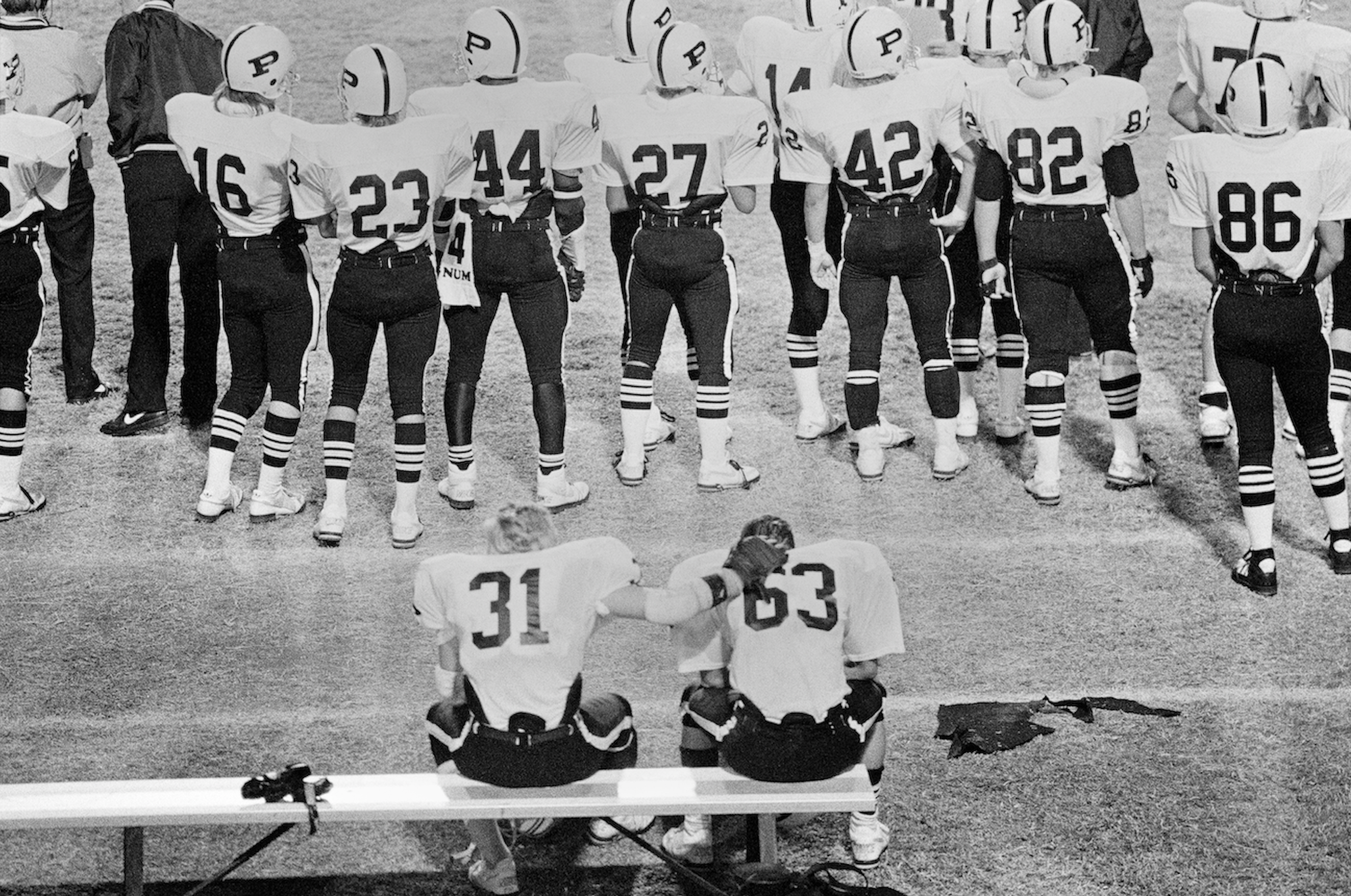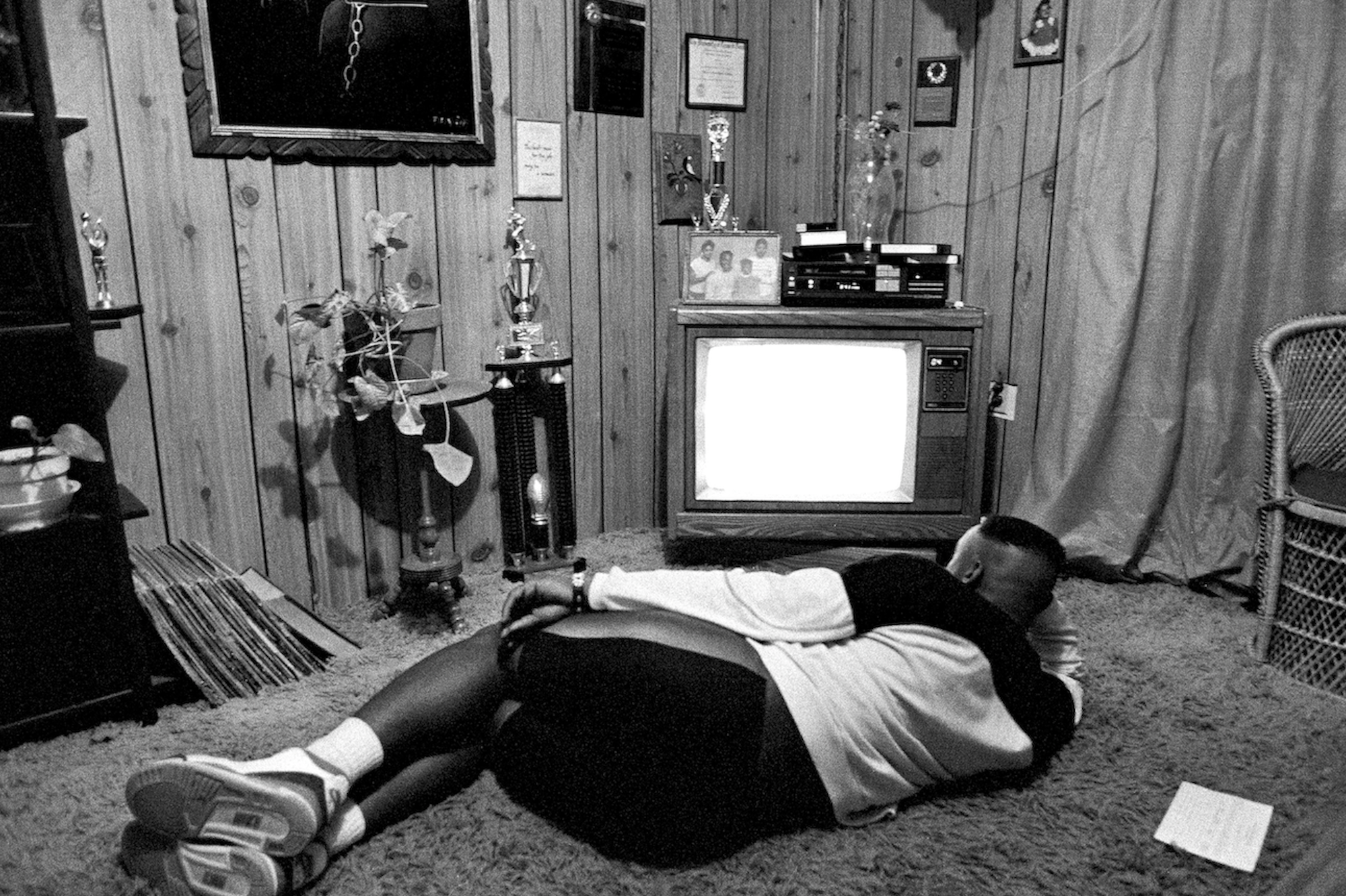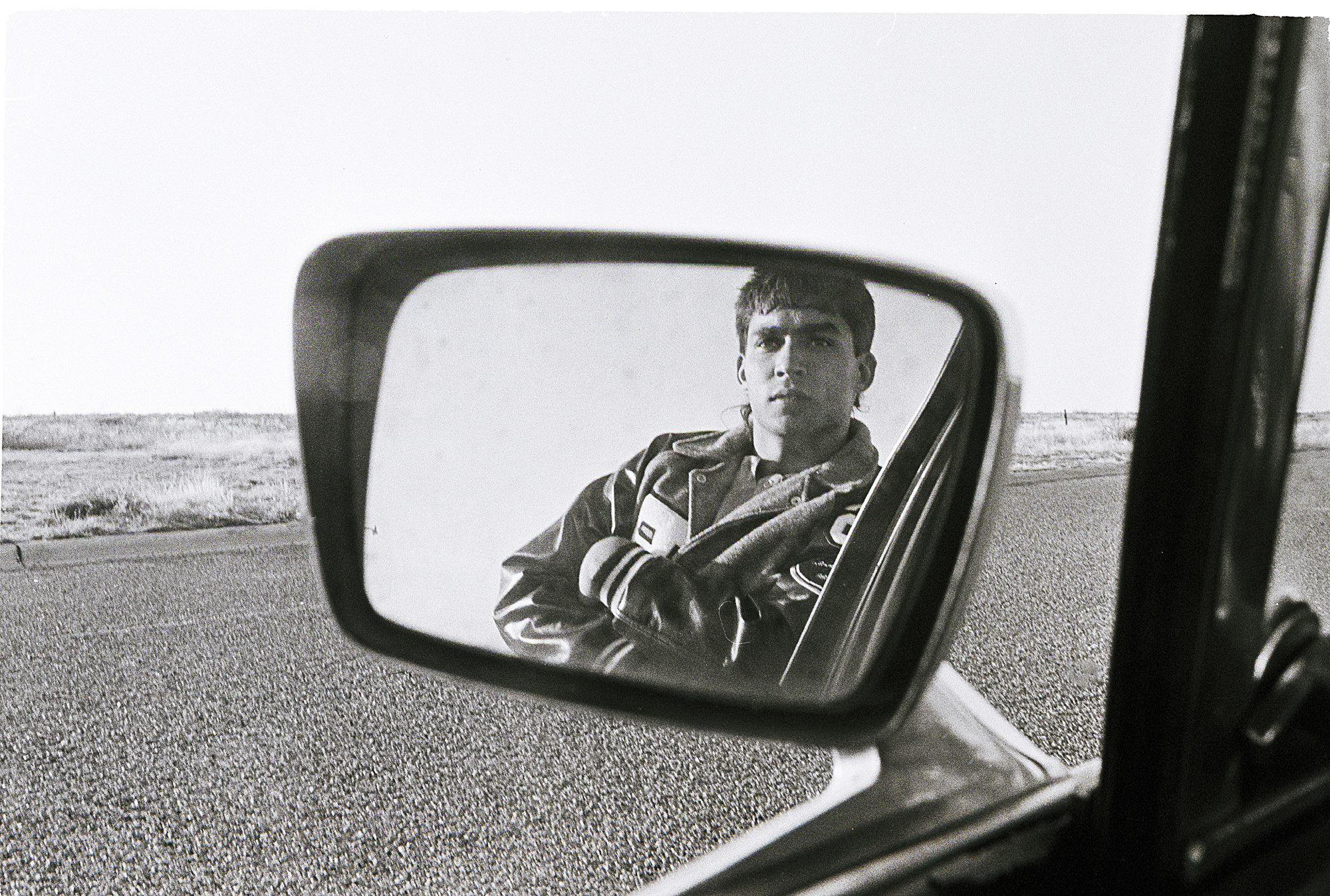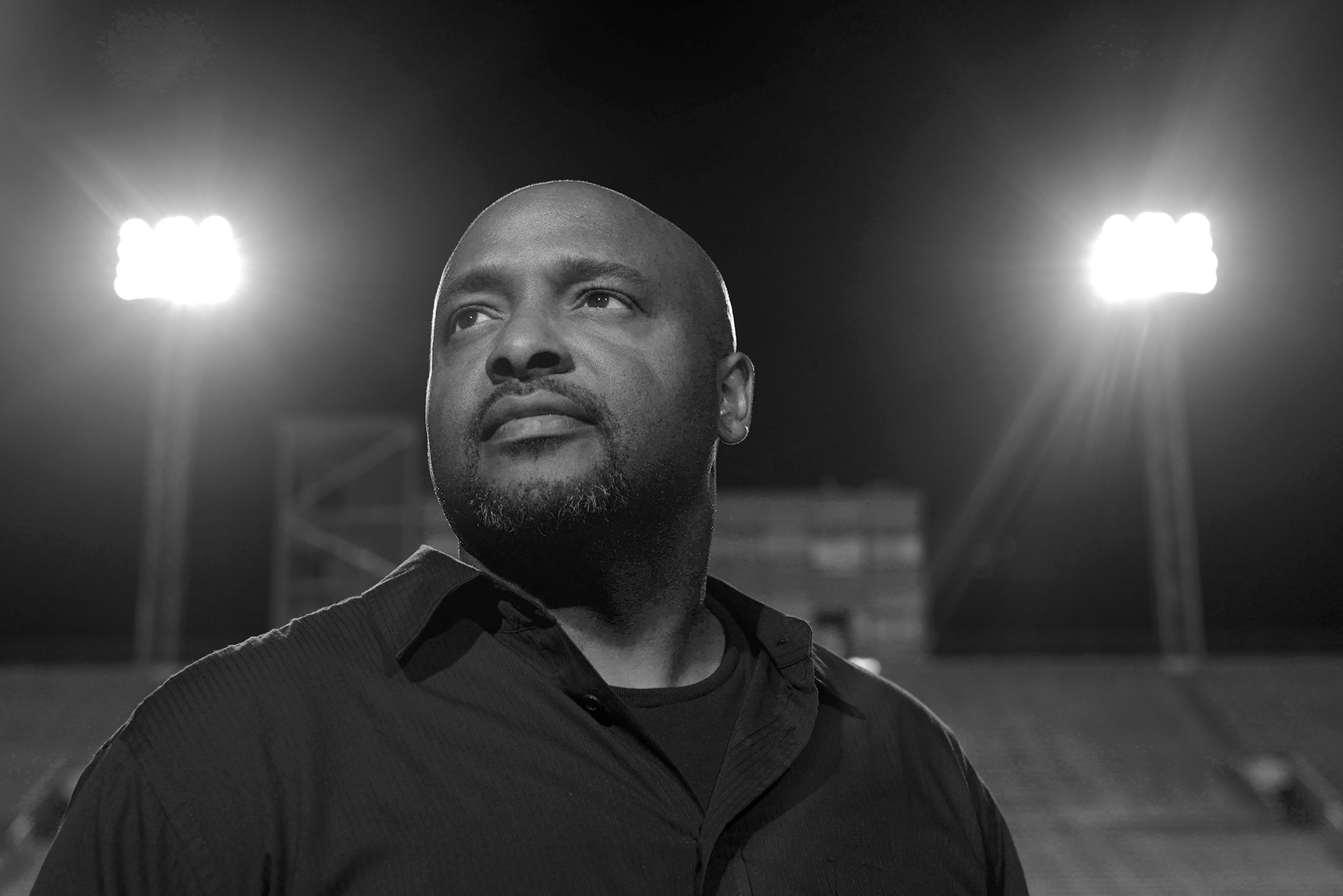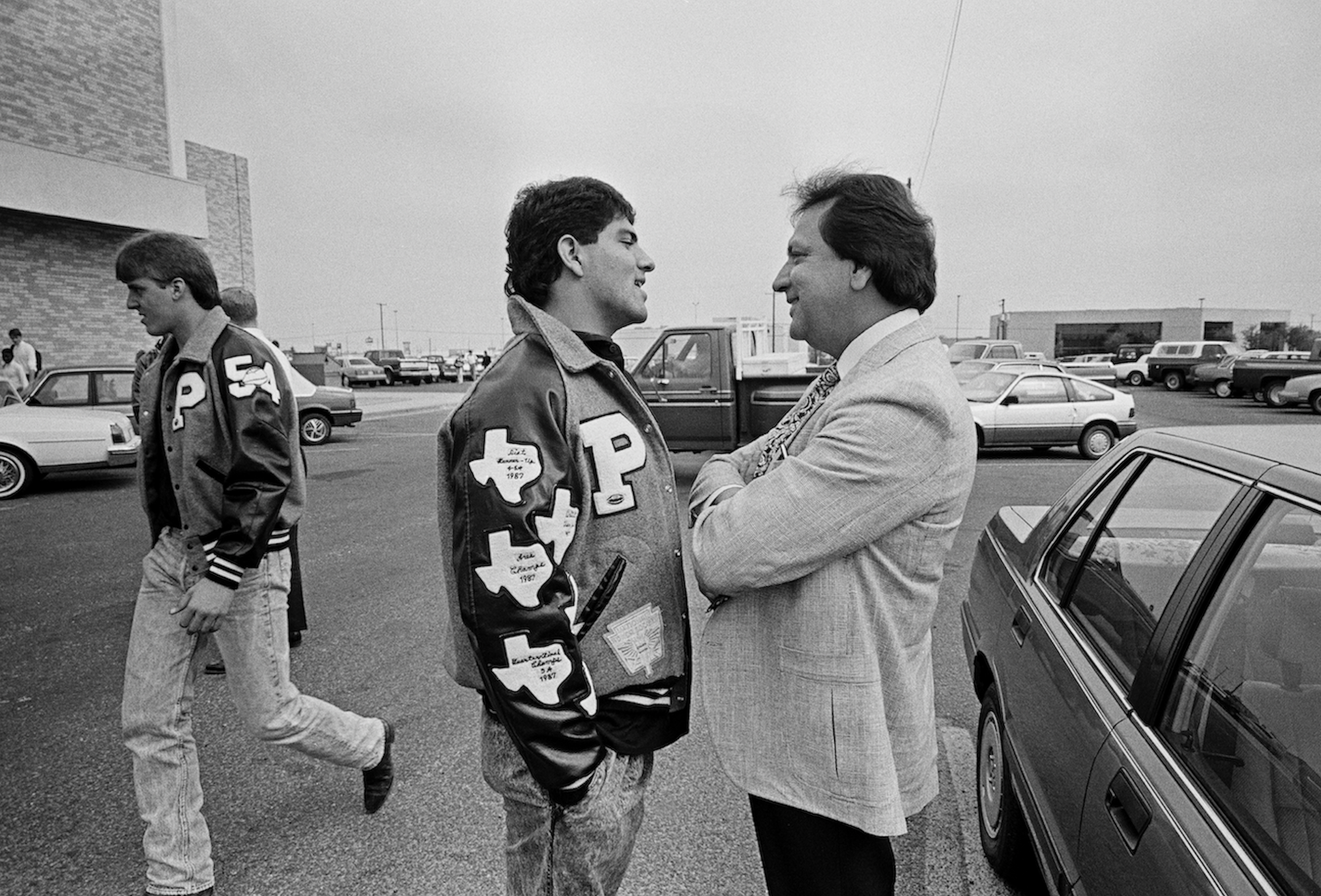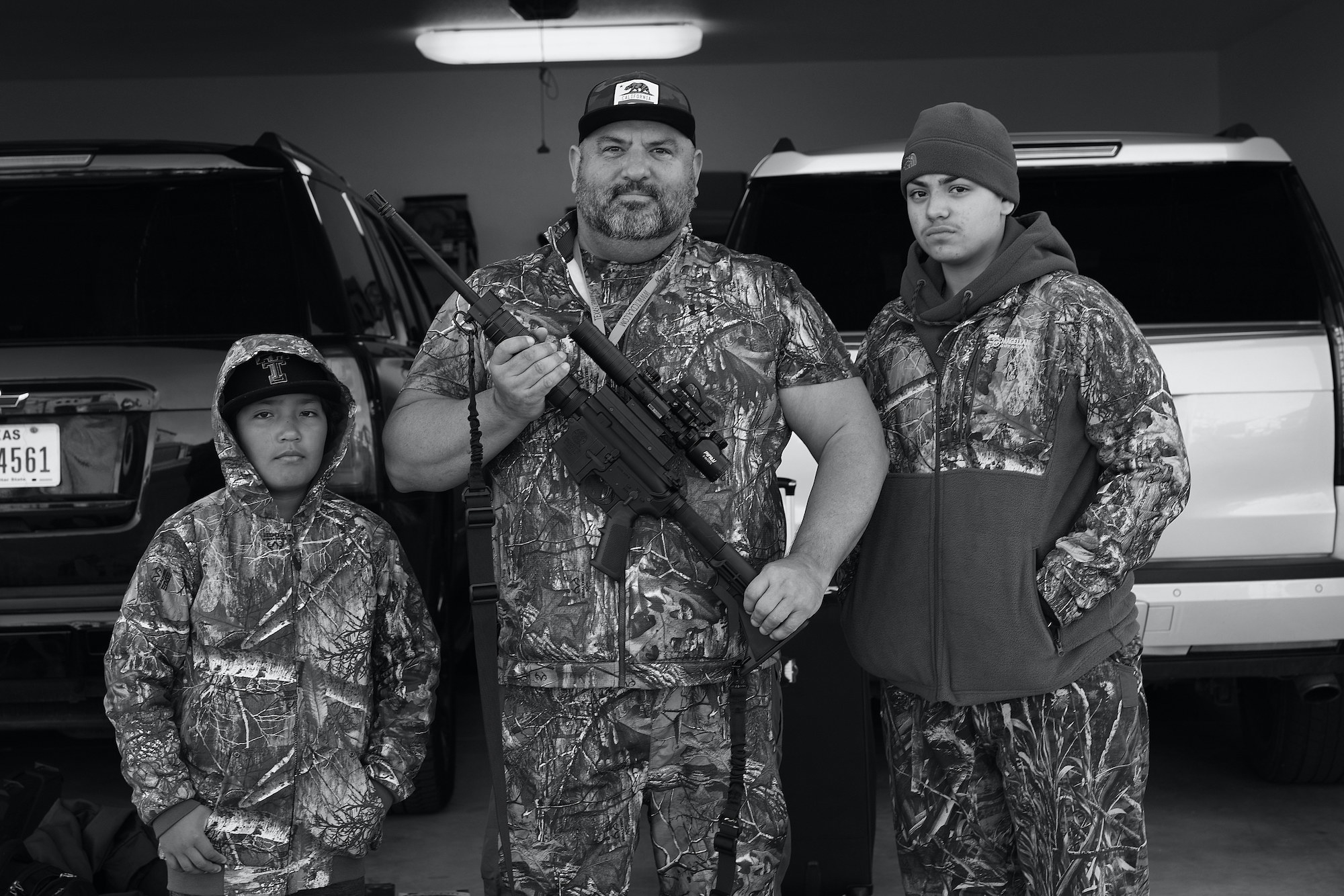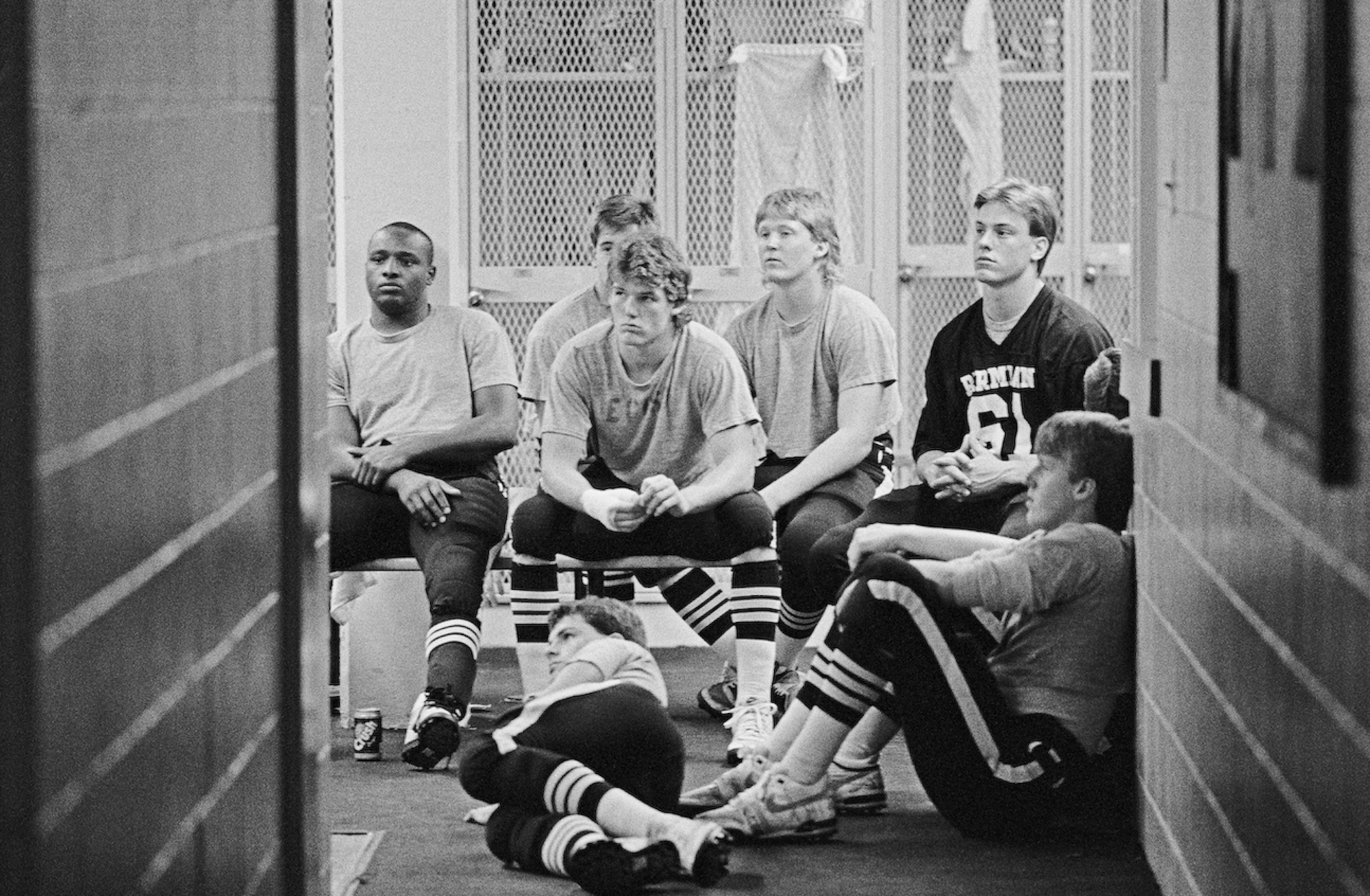
In 1988, photojournalist Robert Clark joined writer Buzz Bissinger in the West Texas town of Odessa with one mission in mind: to chronicle a season of high school football with the Permian Panthers. Bissinger's book Friday Night Lights later became a Hollywood movie and inspired the TV show of the same name.
Clark shot over 80 rolls of film for the original book, but only a few images were included in it. He has revisited Texas a few times over the years to photograph a handful of the players and coaches, eventually building his photo book Friday Night Lives, which was released in 2020. In black-and-white photos, Clark presents an intimate body of work that captures the innocence of life before the 21st century, as well as what came after. His shots from the ’80s show the highs and the lows of the student-athletes, many of whom had professional hopes that were dependent on the Friday night scoreboard. Among the seniors Clark captured, only one went on to play for a major college football team.
Fast-forward to 2021, and the once-young men have now reached middle age and are working in a range of fields, including trucking, oil, and law. A few have had substance abuse issues and been incarcerated. Gary Gaines, the team's beloved coach, saw signs of early-onset Alzheimer’s during his last season leading the football program for Permian High School in 2012.
We spoke with Clark about what drew him to the subject of high school football back then and what it feels like to reflect on his historic images today.
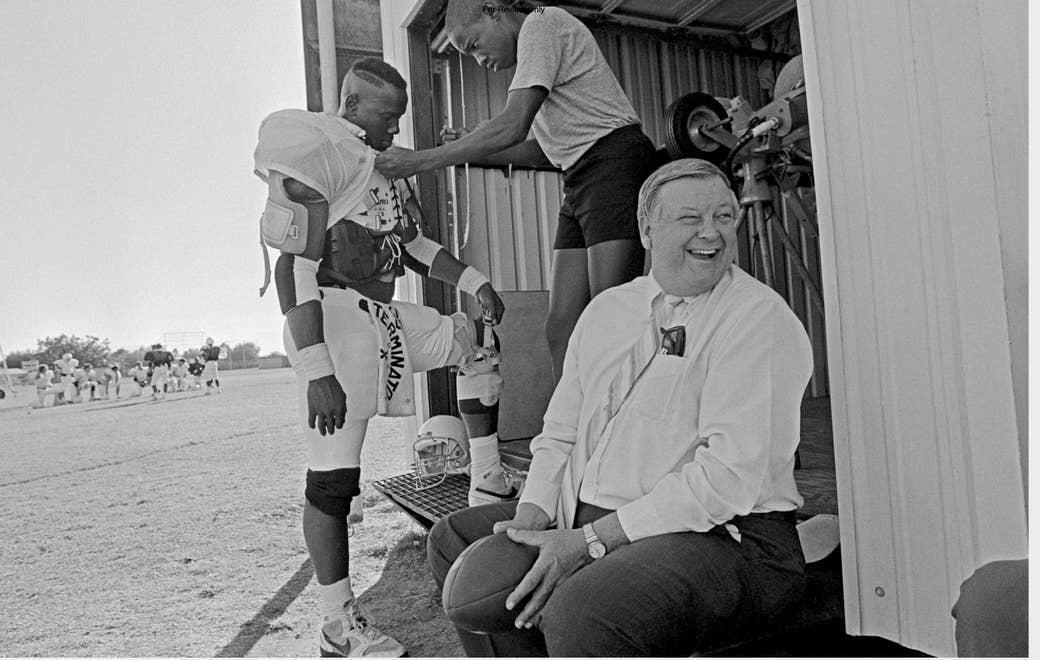
Did it feel special to be shooting in Odessa in 1988? What is it about Texas football that makes it a great subject?
I think it was the cultural moment as well as the place. Buzz looked at Pennsylvania, Ohio, and a few others, but Texas was perfect. The experience was special because at that time, the kids had very few distractions, and the game and the team were the focus of pretty much everything for these kids.
The game is a tough game, and that works well with what I call "a fistfighting town," which Odessa is. Odessa is a boomtown in a lot of ways. As they say, "Midland is where you raise a family, and Odessa is where you raise hell."
The economy is connected to oil; the boom-and-bust cycle of that oil-based economy brings in workers of a transient nature: "roughnecks" — a lot of single men who stay as long as a job lasts in the oil fields. Odessa is also a great-size city and has a racial makeup that makes the town more interesting. The spectacle of it all was, and still is, amazing to me — the ritual of the pep rally, the crisp air of the fall nights, the lights of the stadium. I love it.
One thing that I feel is very interesting, the title Friday Night Lights has become part of the lexicon, much the same way as “the greatest generation” has; it is about a very certain segment of our society, and all that goes with those words. I do not know how many times I have seen the term “Friday night lights” used, or silhouetted players holding hands, shot from behind. They both are iconic, which I think is pretty cool.
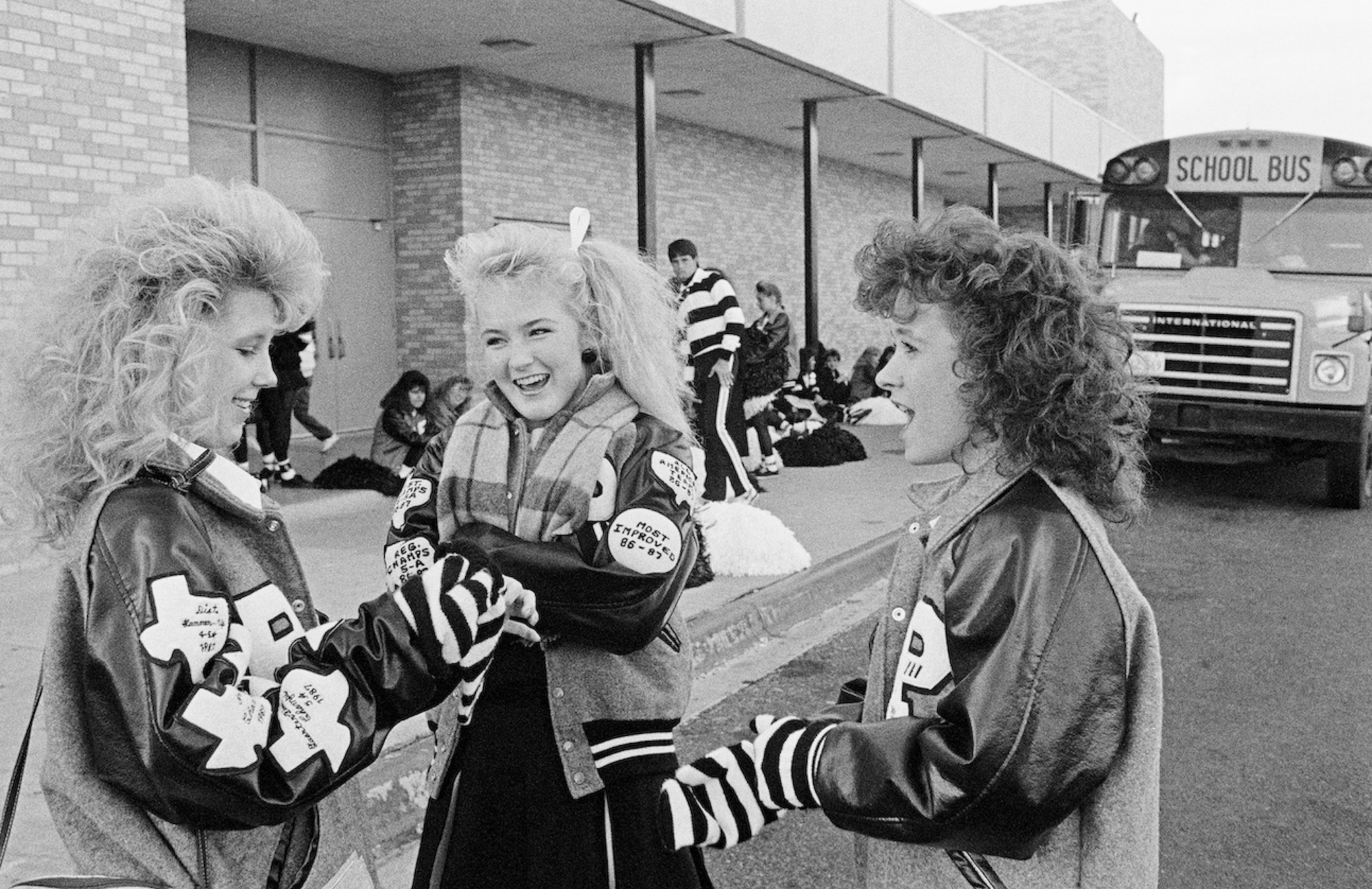

Do you think the passage of time and evolution of technology have changed the culture of the sport or the nature of the athletes?
The sport has not changed; the ethos, the pathos of it all, is the same, but the advent of social media would make it impossible to do this "under the radar." The fact that Buzz was doing the book, the fact that I was shooting pictures — it all would have been different with Facebook, Instagram, and Twitter. The players have been trapped in my negatives as these young, strong kids, and now to meet them as 50-year-old men has been interesting to photograph.
Did any of the young players wonder why there were two journalists following them around in that time period?
The players were so focused on winning and succeeding that I don't think they ever gave much thought to the project when we were in town — but after the season, the book, the movie, and the show, they understood that it was a pretty damn good piece of journalism, and they are happy that they were part of it.
Visiting Odessa in more recent years, what was it like going back to this town? What has changed?
Coming back into Odessa is bittersweet for me. I've had such a good time whenever I come to town. Plus, the work I have produced in Odessa has been rewarded with attention and success, but it also makes me feel old. [laughs] It was a long time ago that I shot these images. A lot has changed in my life, the country, and the world.
The city, for the most part, looks the same. The team has changed, and the pressure that is placed on the players has changed. I have been to a few games since the ’88 season, and the size of the crowd has dropped; kids have so many other distractions and activities grabbing at their time. I just don't know how important football is to the students compared to what it was in 1988.

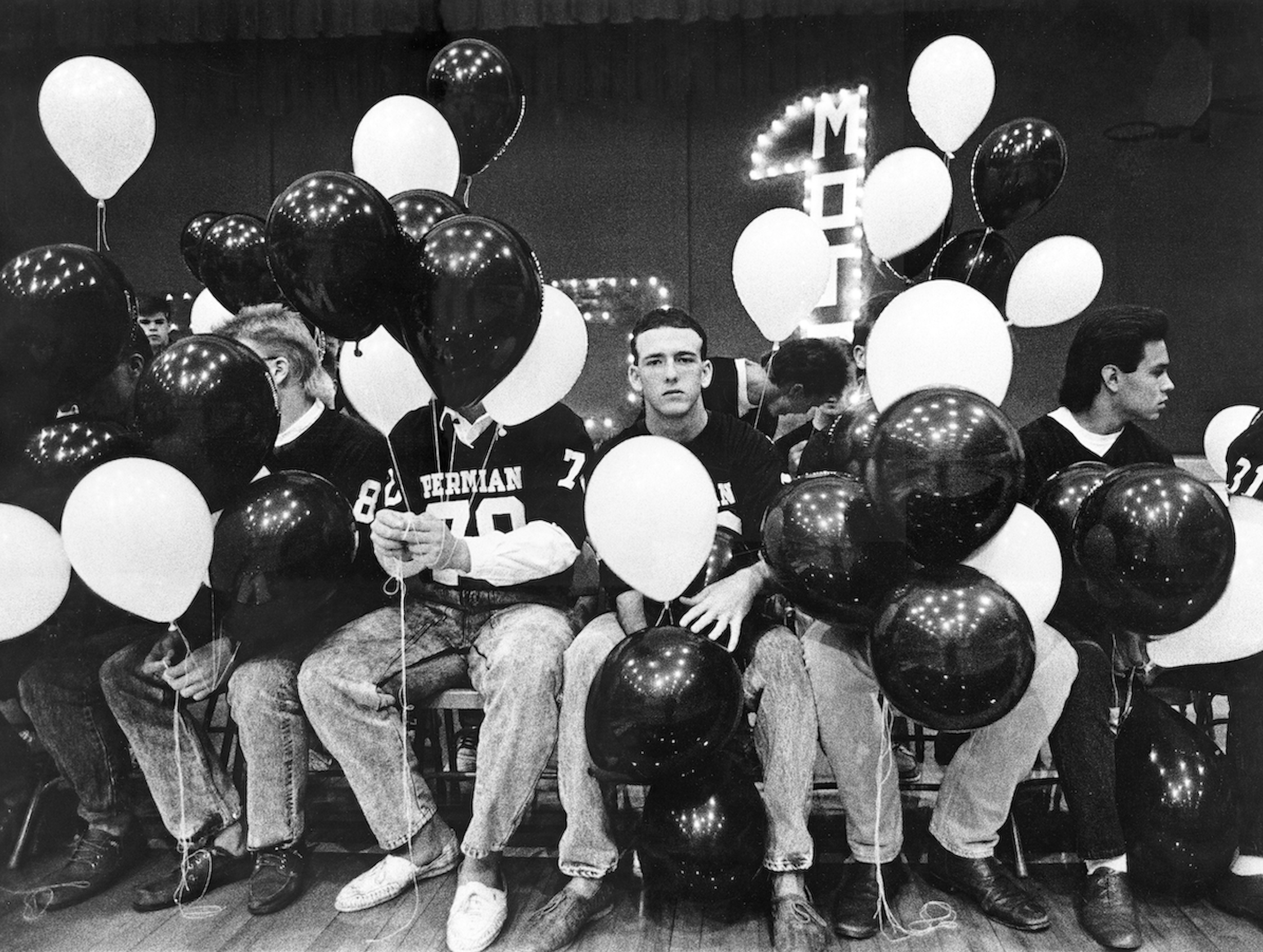
Can you tell me about this moment you captured of Mike Winchell surrounded by balloons at the pep rally? What was it like seeing him again to photograph him in 2019?
Mike was a shy guy. He had a lot of pressure on him, but he was smart and competitive, so he was the best choice as the QB for the Panthers. The picture is one of my favorites that I have ever shot. Not that it is so good; it just reminds me of a time that has passed, not unlike a song from your high school days that transports you, takes you to a place other than where you are. I love the composition, the look on his face, pretty much everything about the picture. Mike was always trying to hide when I was shooting photos — but at the rally, it was very loud, and he had the balloon in front of his face. When he pulled it down, I shot it as we made eye contact. Seeing him again was really nice. We had a pretty long breakfast; he still said, “Yes, sir,” “No, sir,” which is funny for a guy who has turned 50, but that is how he was raised.
How do you know when you get the shot?
For me, it is a feeling in my stomach, like I had just eaten something good. When that happens, I start thinking about the next photo and move on. Regarding sports photography, I was always more interested in winning and losing images, tragedy or triumph, the more emotional response to a game's results rather than the action pictures. The thrill of victory versus the agony of defeat.


